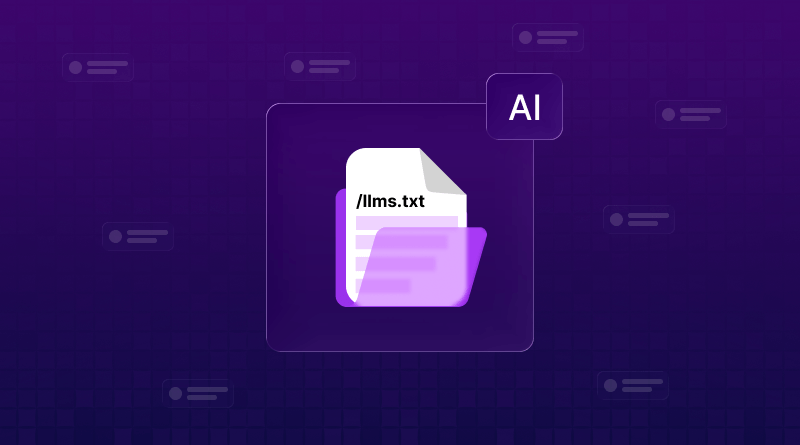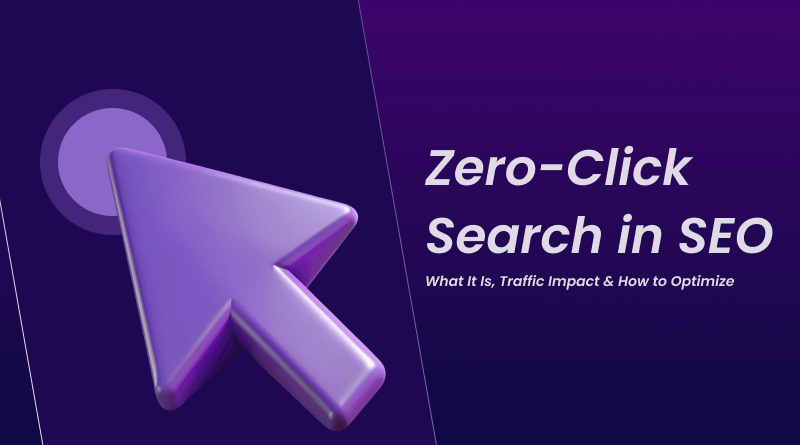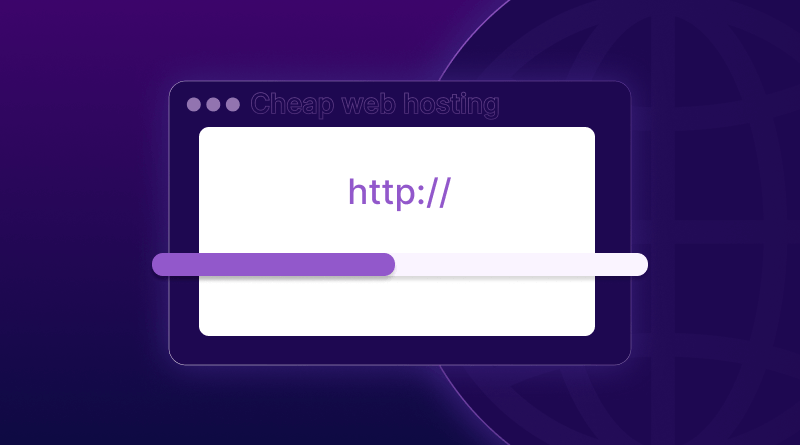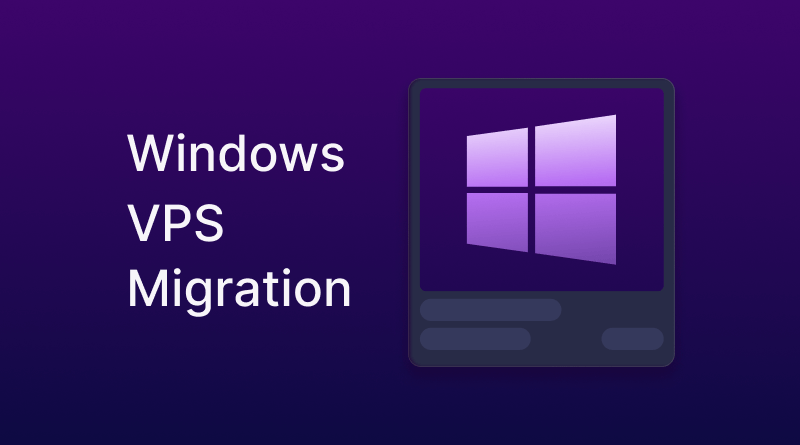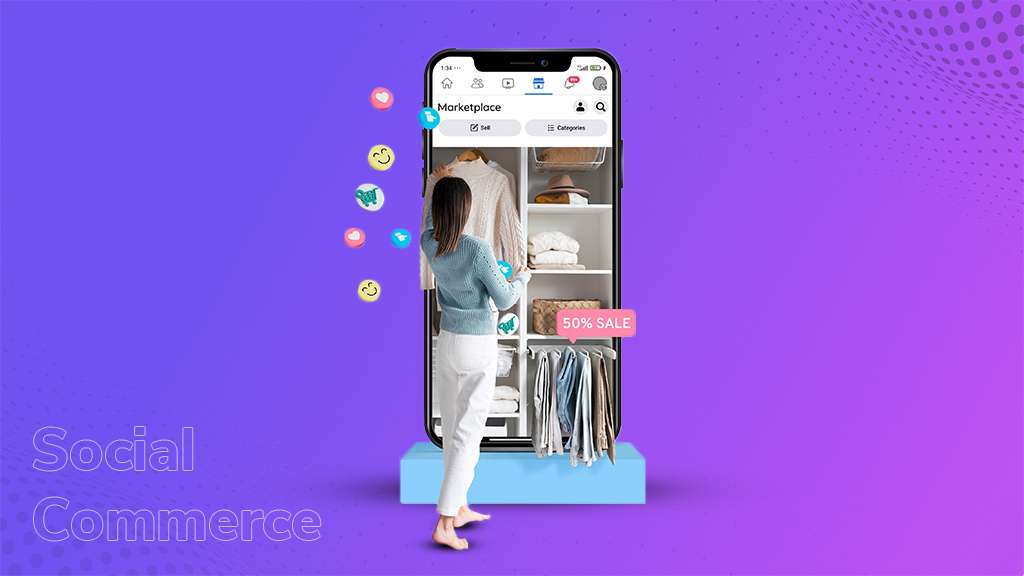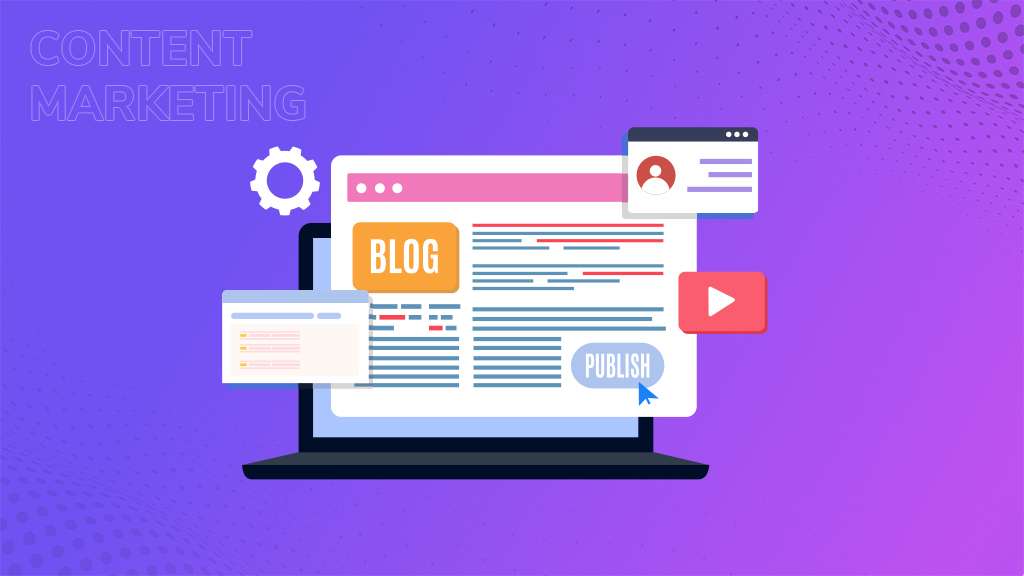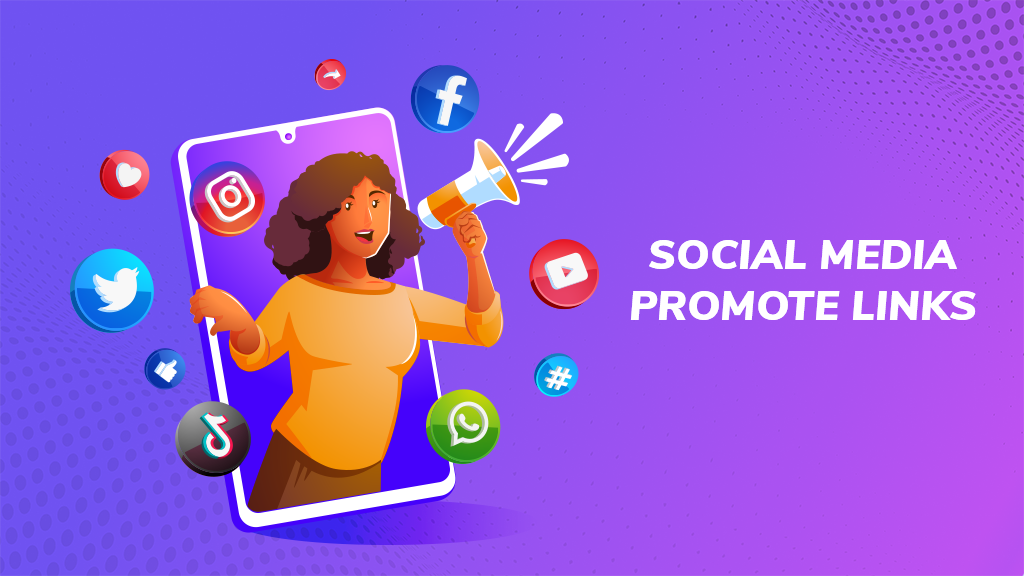
In today’s digital age, social media has become a powerful tool for affiliate marketers looking to promote products and earn commissions. With billions of users across various platforms, social media offers an expansive and engaged audience ready to discover new products and services. However, effectively using social media to promote affiliate links requires a strategic approach that goes beyond simply sharing links. In this blog, we will explore the top tips and strategies on how to promote affiliate links harnessing the potential of social media to boost your affiliate marketing efforts.
What do Affiliate Links mean?
Affiliate links are special links that allow you to earn money when people click on them and make a purchase. Companies create these links for their affiliate programs. To join, make an account and get a unique ID. With this ID, you can share the links and earn a commission when people use them to buy things. It’s a cool way to make money online, especially if you have a blog or website. You don’t need to invest any money upfront, making it a low-risk way to start a business.
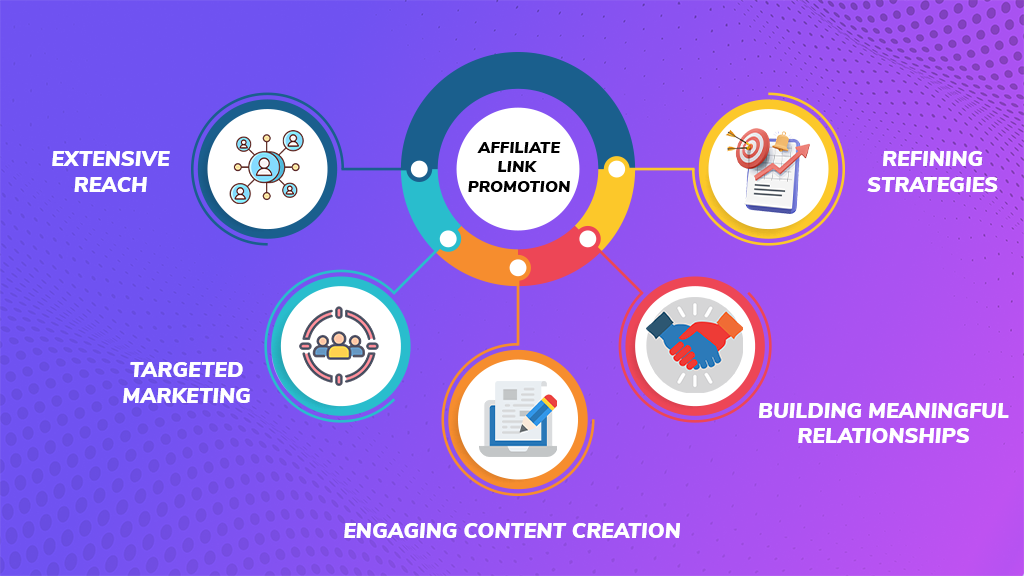
Social media is a dynamic and cost-effective platform for effectively showcasing your affiliate links to a broad audience and reaping substantial benefits. Let’s get into the reasons on how to promote affiliate links by using social media for affiliate marketing:
1. Extensive Reach
Social media giants such as Facebook, Twitter, and Instagram boast billions of active users. This extensive user base offers a tremendous opportunity to expose your affiliate links to a diverse and sizable audience. On the other hand, the potential reach is unparalleled, allowing you to tap into many potential customers quickly and efficiently.
2. Targeted Marketing
One of the unique advantages of social media is its capability to enable highly targeted marketing. Platforms provide sophisticated tools that allow you to tailor your promotional efforts based on user demographics, interests, and behaviours. Furthermore, it means you can ensure your affiliate links are showcased to individuals most likely to have a genuine interest in the products or services you’re promoting.
3. Engaging Content Creation
Social media platforms are hubs for diverse content formats, including text, images, videos, and live streams. Crafting engaging content is crucial for capturing the attention of your audience and encouraging them to click on your affiliate links. Above all utilizing the wide variety of media available ensures your content stands out in the crowded social landscape.
4. Building Meaningful Relationships
Social media facilitates direct interaction with your audience. Regular engagement helps in establishing a rapport with your followers, positioning yourself as a credible authority in your niche. Building trust through consistent interaction increases the likelihood that your audience will not only engage with your content but also click on your affiliate links when the right opportunity arises.
5. Analysing and Refining Strategies
Social media platforms offer robust analytics tools that empower you to monitor the performance of your affiliate links. Tracking metrics such as click-through rates, engagement levels, and conversion rates provides valuable insights into the effectiveness of your marketing efforts. Armed with this data, you can refine your strategy, focusing on what works well and optimizing areas that need improvement.
Affiliate marketing through social media is a dynamic strategy where individuals promote products or services to their followers, earning a commission for each sale attributed to their efforts. Firstly, to embark on this venture, one must join an affiliate program, securing a unique affiliate link that becomes the focal point of promotional activities across various social media channels.
Strategies for effective affiliate marketing on social media involve thoughtful considerations:
1. Platform Selection
Not all social media platforms are created equal for affiliate marketing. A nuanced understanding of your niche and target audience is crucial. Instagram, for instance, is well-suited for lifestyle and fashion product promotions, while LinkedIn might be more effective for business-related or software-as-a-service (SaaS) products.
2. Content Creation
Crafting engaging and relevant content tailored to your audience is key. Content should not only inform but also entertain, employing high-quality images and videos to capture attention and enhance engagement.
3. Natural Promotion
Avoid an overt sales approach. Instead, seamlessly integrate product or service recommendations into your content. Providing value to your audience should be the primary focus.
The use of analytics tools is instrumental in gauging the effectiveness of your affiliate marketing efforts. Tracking metrics such as reach, engagement, and click-through rates allows you to identify successful strategies and areas for improvement. This data-driven approach facilitates the refinement of your marketing strategy over time.

The best social media platforms for affiliate marketing depend on your interests and the audience you want to reach. Here are some popular ones:
1. Facebook
With over 2.9 billion people using it, Facebook is massive. Great for reaching a big audience with your affiliate links. Just remember, it’s competitive, so make top-notch content and target your audience well.
Facebook is an old but still super popular social media platform for sharing affiliate links and products. You can use it in different ways to get free traffic and turn clicks into sales with cool and interesting content.
1. Your Facebook Profile
- Share affiliate products and links directly on your page.
- If lots of people follow you on Facebook, you can even use it to show ads for affiliate stuff.
2. Make a Facebook Page
- Create a separate page for your affiliate links and posts.
- This keeps your personal life separate.
- Share reviews, features, and cool stuff about the products you’re promoting. You can also use paid ads to reach more people.
3. Join Facebook Groups
- Be part of groups related to what you’re promoting.
- This indeed helps your business a lot.
- Build a community around the products you’re promoting and become a trusted source in the group.
- Just a quick tip: before you start, make sure to read Facebook’s rules about advertising. This way, you can do affiliate marketing on Facebook the right way!
2. Instagram
Perfect for showing off visual stuff, like products and services. It’s got over 2 billion users, especially popular with younger folks. To do well on Instagram, make awesome pictures and videos, and use relevant hashtags to reach more people.
If you’ve got links and discount codes for things like food, the gym, beauty, travel, or fashion, Instagram is the perfect place for you to do affiliate marketing. Here’s how you can do it simply:
1. Use Different Parts of Instagram
- Reels, Stories, IGTV: Make your posts interesting with cool captions and videos. You can surely use Reels and Stories to grab attention.
- Highlights: Save your Stories in Highlights so people can still see them after 24 hours.
2. Instagram Shop
- Switch to a business account on Instagram.
- List your products on the Catalog to tag them on the shop page so that people will click.
3. Link in Bio
- In your Instagram bio, you can put a link that people can click.
- This link will indeed take them to your landing page, where they might want to buy something.
4. Swipe Up
- If you have more than 10,000 followers or are doing paid ads, you can use the swipe-up feature.
- This feature lets your followers swipe up on your Stories, and it takes them directly to a website you want to promote.
- These tricks indeed help you make the most out of Instagram for your affiliate marketing. Get creative, and enjoy sharing great deals and products with your followers!
3. Twitter
Awesome for sharing news and info. It has 436 million active users and is liked by both regular people and businesses. To succeed on Twitter, be active, chat with your followers, and use relevant hashtags.
Twitter is a place where being quick and catchy is the key. Even though there’s a limit to how much you can say, Twitter is a great spot to get free attention for the things you’re promoting.
1. Have a Humour Reply
Instead of just saying things seriously, try to be funny. People like it when you make them laugh. It makes your promotions feel friendlier.
2. Post a Lot
Share not only about the things you’re promoting but also about yourself. Let people know who you are and why they can trust you. This helps you build a good reputation.
To get noticed on Twitter, use hashtags. They will surely help you connect with new people. Find out what hashtags are popular and use them to join the conversation.
4. YouTube
The second biggest search engine globally, great for promoting videos. Use it for product reviews, tutorials, and other video content to boost your affiliate links. To do well, create top-quality videos that matter to your audience.
YouTube is an amazing platform for various types of content, especially for your affiliate marketing efforts. Here are some ideas:
i. Product Reviews
Share your thoughts about products you love or recommend. Be honest and helpful to your viewers.
ii. Guides
Create step-by-step guides or tutorials related to your niche. Since it helps your audience by providing valuable information.
iii. How-to Videos
Teach your audience how to do something specific. It could be anything from DIY projects to using certain products effectively.
iv. Unboxing Videos
Show the excitement of unpacking new products. People love seeing what’s inside and your genuine reaction.
v. Beauty and Fashion Videos
Share your insights on beauty products or showcase the latest fashion trends. Engage your audience with visual content.
Remember, the key is aligning your content with your affiliate marketing goals. Whether you’re showcasing products, providing helpful guides, or sharing your personal experiences, be sure to include your affiliate link in the video or the description below. This way, viewers can easily click and check out the products you’re talking about.
Here’s why YouTube is super useful for affiliate marketing:
i. Direct Linking
Mention your affiliate link in the video or include it in the description to guide viewers straight to the products you’re promoting.
ii. Versatility
You don’t need to be on camera to benefit from video marketing. Hence you can create engaging content using various formats.
iii. Audience Engagement
Video content tends to capture attention better. Even if you’re not physically present, your content can still connect with your audience effectively.
5. LinkedIn
This one’s for professionals, with over 830 million active users. It’s excellent for promoting business-related stuff. To shine on LinkedIn, create top-notch content, join groups related to your field, and join discussions.
Remember, each platform has its vibe, so pick the ones that match what you’re promoting and who you want to reach!
Hence linkedIn is a social media place for professionals, and it’s awesome for telling other professionals about cool stuff through affiliate links. Check out how you can do it with these features:
1. Posts
Share posts on LinkedIn to talk about products with your affiliate links. Make it short and clear, and add pics or videos to make it look good significantly.
2. Articles
Write articles on LinkedIn particularly to share more details about what you’re promoting. At the end, tell people to click on your affiliate link.
3. Groups
Join groups related to what you’re promoting. Share your affiliate links there. It’s a great way to connect with other professionals.
4. Messaging
Send messages to your LinkedIn connections and tell them about your affiliate links. But remember, only send them to people who want to know about it.
5. LinkedIn Live
Go live on video to show off the products you’re promoting. Answer questions or give demos to your LinkedIn friends.
6. LinkedIn Stories
Share short videos and pictures for 24 hours. Use it to show the behind-the-scenes of what you’re promoting.
7. LinkedIn Ads
Create ads to reach the people who love what you’re promoting. Target professionals who are interested in your stuff.
So, LinkedIn is not just for job stuff – it’s also a cool place to share and earn with affiliate links!
6. Snapchat
Snapchat is a cool app where you can share short videos and pictures with your friends. It’s awesome for promoting affiliate links because you can quickly reach a bunch of potential customers.
Here’s how you can use Snapchat features to share your affiliate links:
1. Snaps
Snaps are short videos or pictures you share with your friends. Henceforth you can add your affiliate link in the caption, or make a QR code they can scan to check out your link.
2. Stories
Stories are like a slideshow of snaps that stay up for 24 hours. It’s a neat way to share more stuff with your friends. You can include your affiliate link in the captions of your snaps in the story.
3. Chat
You can also send your affiliate links directly to your friends through chat. But remember, only send links to people who asked for them or are interested in what you’re promoting.
Getting the word out about the products you’re affiliated with doesn’t have to be complicated. Here are some easy tips to help you succeed:
1. Joining Niche Groups
- Use popular social media sites like Facebook and LinkedIn to find groups related to your product’s niche.
- Being part of these groups explicitly helps your product reach more people for free.
2. Community Influence
- Be a leader in your niche community. This means building a profile that people trust.
- Success in affiliate marketing depends on having a good reputation in online communities.
3. Quality Content Matters
- Instead of just selling, share valuable content. Write a blog about industry news and updates.
- Altogether this attracts people interested in your niche, increasing the chance they’ll check out your product.
4. Use Product Images
- Overall, people love visuals. Use images of the product in your content.
- On social media, combining product images with your content boosts engagement.
5. Shortened URLs Work
- Long links can be off-putting. Use URL shorteners, especially like Bit.ly or Goo. gl.
- In General, short URLs look cleaner, get shared more, and are easier to manage on social media.
6. Promote Appealing Offers
- Don’t oversell. Look for offers that stand out, like discounts or special campaigns.
- Don’t promote too much; it can harm your credibility and the platform you’re using.
- Remember, keeping it simple and authentic is the key to successful affiliate marketing!
Conclusion
In conclusion how to promote affiliate links effectively on social media involves strategic engagement, authenticity, and value-driven content. Leveraging platforms like Facebook, Instagram, and LinkedIn is crucial for tapping into vast audiences. Valuable contributions in niche groups, compelling content, and the use of features like stories are key. Success lies in a genuine approach, delivering quality, and adapting to digital dynamics. By all means building lasting relationships is the cornerstone of affiliate marketing success on social media.


